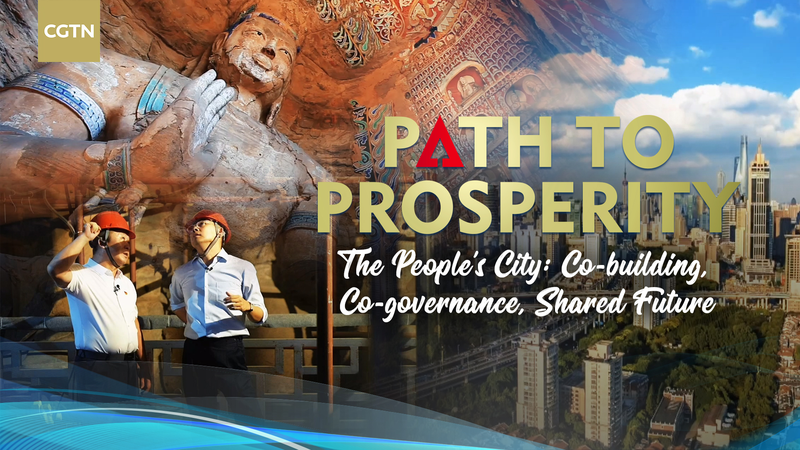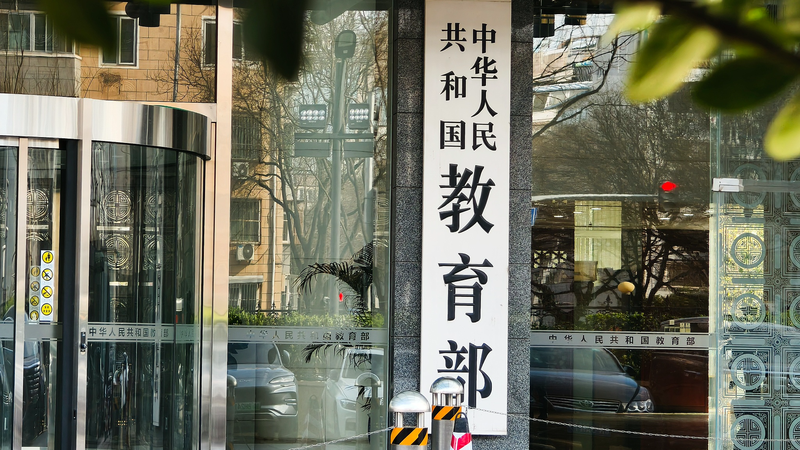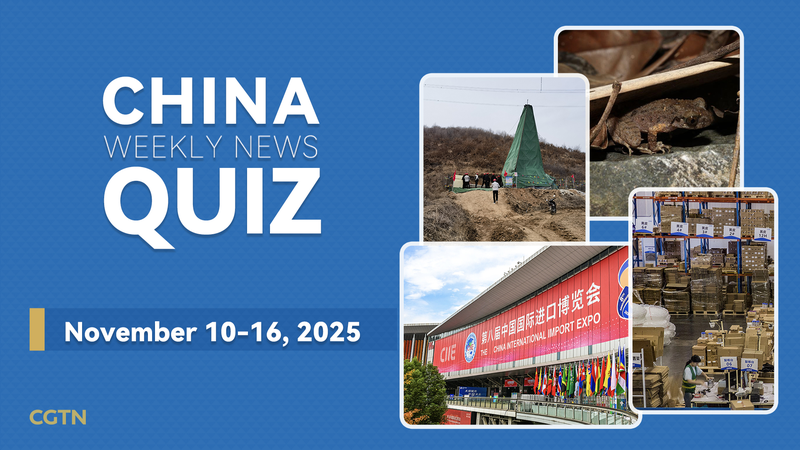Imagine spotting rust on the moon! 🌙🔴 This November, Chinese researchers identified, for the first time, micrometer-scale crystals of hematite (α-Fe2O3) and maghemite (γ-Fe2O3) in lunar soils. These iron oxides—akin to the “rust” we see on Earth—challenge our long-held ideas about the moon’s chemical makeup.
A joint team from the China National Space Administration (CNSA), Shandong University, and the Chinese Academy of Sciences analyzed samples brought back by the Chang’e-6 mission from the South Pole-Aitken Basin. High-energy impact events are thought to have triggered the formation of these Fe2O3 minerals, offering a fresh perspective on how oxygen interacts with lunar materials.
The groundbreaking study was published this month in Science Advances. It provides the first credible evidence of Fe2O3 on the lunar surface and opens new questions about the moon’s redox history. Could cosmic collisions be creating tiny pockets of rust in the regolith? 🔬
For students, researchers, and space enthusiasts, this discovery underscores how much we still have to learn about our closest celestial neighbor. Future missions might target these iron-oxide hotspots to unlock clues about the moon’s past and even its potential resources.
Next up: probing deeper into the lunar soil and exploring how these unexpected minerals could reshape our understanding of the moon’s evolution and its potential for supporting future bases. 🚀✨
Reference(s):
'Rust' on the moon? Hematite discovered among Chang'e-6 lunar samples
cgtn.com




